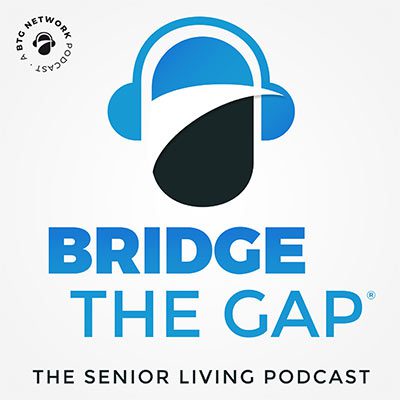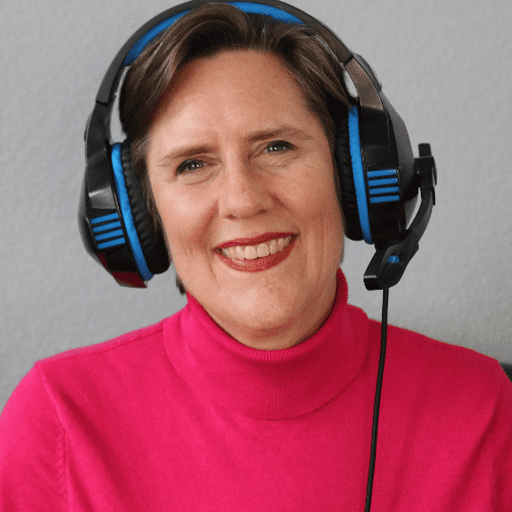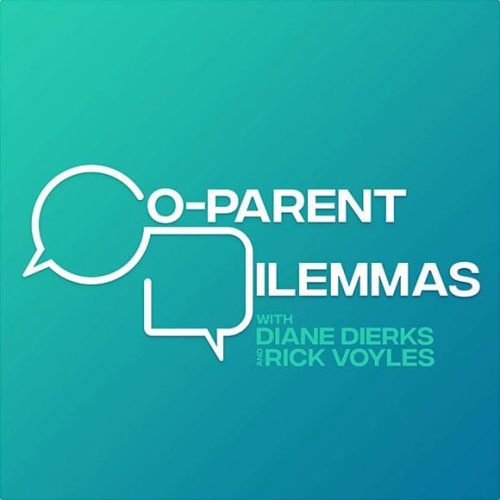Understanding Team Conflict and Resistance with Difficult Personalities
Modern workplaces are full of various personalities, therefore conflict is inevitable. Different actors play their parts like a daily drama, producing tension and resistance. Team conflict and resistance, especially with tough personalities, take subtlety and strategy. Explore successful ways of navigating this complex terrain.
Learn about the characters and players.
Characters must be understood before conflict resolution. Sometimes team members have problematic personalities owing to communication methods, work preferences, or personal difficulties. Effective management begins with recognizing these attributes.
Personality Burstiness
As with language, personalities can have sudden peaks and valleys. A team member may be joyful and cooperative some days and reserved and reluctant others. Predicting and managing conflicts requires recognizing these trends.
Navigating Conflict: Proactive Communication
Conflicts must be addressed directly. Communication should be proactive and open. Encourage teammates to voice issues and listen. This allows good discourse to reveal conflict reasons.
Orchestral Team Metaphor
Imagine your team as an orchestra. Each member plays a different instrument, and all must be tuned for harmony. Addressing conflicts is like tuning instruments for a symphony — they’re dissonant sounds.
Leadership Flexibility
Flexible leadership is needed. What works for one teammate may not work for another. Adapting your leadership style to diverse personalities enables everyone to succeed.
Overcoming Resistance: Building Bridges, Not Walls
Resistance frequently originates from ignorance or undervaluation. Create a culture of gratitude to bridge gaps. Establish that each team member’s input is vital to success.
Resistance as Current
Imagine resistance as current. You can fight it or navigate it. Knowing the flow helps you navigate it and calm your team.
Conclusion
Conflicts and difficult people offer complexity and depth to teamwork. Managing them includes recognizing personalities’ bursts and handling confrontations delicately. Understand your team members, communicate freely and create a culture of appreciation to turn challenging personalities into Growth opportunities.
FAQs
Q: How do I spot tough team members?
A: Look for trends like resistance to feedback, negativity, or collaboration issues.
What if my communication attempts are treated with hostility?
A: Reconsider the conversation after emotions have calmed. Breaks can offer perspective.
Can tough personalities change?
A: Behavior and communication styles can be changed with the appropriate approach, but underlying personality qualities are hard to change.
Is disagreement always bad for teams?
No, disagreement may spur progress and creativity if handled well. Unresolved disputes are dangerous.
How do I foster open communication in my team?
I encourage regular check-ins, constructive comments, and leading by example. Team members are more inclined to adopt open communication after seeing it in action.
Originally Published on https://www.breakfastleadership.com/

























